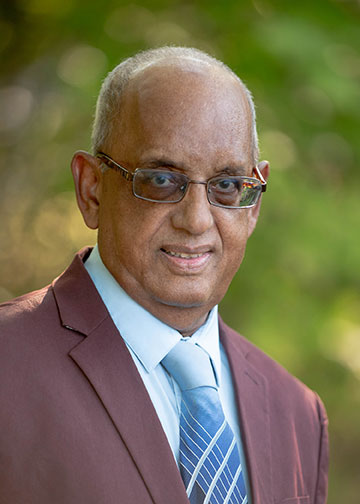In the depths of despair, one can sometimes find a glimmer of hope that transcends the darkness. Suicide is a complex and heart-wrenching issue that affects countless individuals worldwide. In this article, we’ll explore the fictional story of John Doe, a man who advocated for ending his life but ultimately chose to keep living, shedding light on the importance of suicide prevention.
John Doe’s Story
I’d like to share a powerful story with you about John Doe, a fictional mystic man in his 50s who found himself caught in the grip of overwhelming despair. He firmly believed that ending his life was the ultimate solution and openly advocated for this perspective, even encouraging others to spread the same message. As he voiced his convictions, those around him began to wonder whether his words carried any weight.
“One fateful day, someone confronted John with a question that cut to the core of his beliefs:
‘If you truly believe that ending your life is the best course of action, why do you continue living?’
With a quiet intensity, John offered a response that was both simple and profound:
‘If I end my life, who will preach the message?'”
This seemingly paradoxical response underscores an essential truth about suicide prevention. Even in the face of strong and overwhelming beliefs that life should end, individuals like John can find a reason to keep living. This resilience, although deeply buried, can be nurtured and strengthened with the right support and intervention.
The Right Attitude: Choosing Life
John’s fictional story serves as a powerful reminder that the innate human desire to live can prevail, even when confronted by the darkest thoughts. It emphasizes the importance of promoting a positive attitude towards life. Encouraging individuals to find meaning, purpose, and hope in their lives is essential.
Here are some key points to consider when it comes to fostering the right attitude:
- Promote Mental Health Awareness: Raise awareness about mental health issues, reduce the stigma surrounding them, and encourage open conversations. Everyone should feel comfortable seeking help when needed.
- Offer Support: Be attentive to the people around you. If you notice someone struggling, reach out, and offer a listening ear. Let them know you care and are there to support them.
- Encourage Professional Help: Encourage individuals to seek professional help when necessary. Mental health professionals can provide valuable guidance and treatment options.
- Foster Connection: Loneliness and isolation can exacerbate feelings of despair. Encourage social connections and build a support network for those in need.
- Promote Self-Care: Teach individuals the importance of self-care, including physical activity, healthy eating, and relaxation techniques. These practices can significantly impact mental well-being.
Preventing Suicide: What Can We Do?
Suicide prevention goes beyond just increasing awareness; it involves timely recognition and support for those at risk. Here are some concrete steps that individuals, communities, and organizations can take:
- Education and Training: Offer mental health education and training programs for schools, workplaces, and communities. Equip people with the skills to recognize signs of distress and provide appropriate support.
- Hotlines and Crisis Services: Promote the availability of crisis hotlines and support services for individuals in crisis. Ensure that these resources are easily accessible.
- Destigmatize Mental Health: Continue efforts to break down the stigma surrounding mental health issues. Encourage open conversations and make it clear that seeking help is a sign of strength, not weakness.
- Regular Check-Ins: Maintain regular contact with friends and loved ones, especially if you know they are going through a difficult time. Sometimes, a simple check-in can make a world of difference.
- Access to Treatment: Advocate for improved access to mental health treatment and services. Ensure that mental health care is affordable and available to all who need it.
Conclusion
John Doe’s fictional story serves as a poignant reminder that even in the darkest moments, there is a glimmer of hope, a spark of resilience that can be fanned into a flame of life. Suicide prevention is a collective effort that involves creating a supportive environment, offering help when needed, and nurturing the belief that life is worth living.
By increasing awareness, fostering a positive attitude towards life, and actively supporting those in crisis, we can work together to prevent suicide and offer hope to those who need it most. Remember that every life is precious, and together, we can make a difference. Sharing fictional stories like John’s can help raise awareness and inspire action in the fight against suicide.


